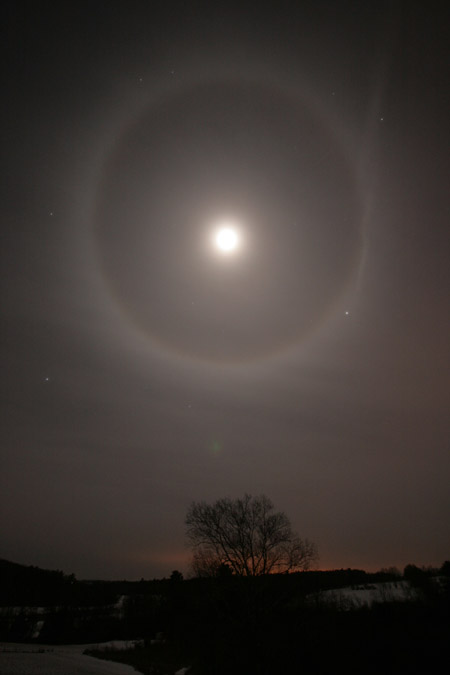Difference between revisions of "January 25, 2013"
| Line 1: | Line 1: | ||
__NOTOC__ | __NOTOC__ | ||
=Misplaced Dot= | =Misplaced Dot= | ||
| + | <!-- Start of content --> | ||
<!-- ws:start:WikiTextHeadingRule:0:<h1> --> | <!-- ws:start:WikiTextHeadingRule:0:<h1> --> | ||
<table class="wiki_table"> | <table class="wiki_table"> | ||
| Line 19: | Line 20: | ||
<p><b>Yesterday's LPOD:</b> [[January 24, 2013|Nectarian Ridges]] </p> | <p><b>Yesterday's LPOD:</b> [[January 24, 2013|Nectarian Ridges]] </p> | ||
<p><b>Tomorrow's LPOD:</b> [[January 26, 2013|The Atlas Helps Public Outreach]] </p> | <p><b>Tomorrow's LPOD:</b> [[January 26, 2013|The Atlas Helps Public Outreach]] </p> | ||
| + | <!-- End of content --> | ||
{{wiki/ArticleFooter}} | {{wiki/ArticleFooter}} | ||
Latest revision as of 14:29, 8 February 2015
Misplaced Dot
 |
image by Rick Stankiewicz, Peterborough, Ontario, Canada
Yesterday's LPOD: Nectarian Ridges Tomorrow's LPOD: The Atlas Helps Public Outreach COMMENTS?Register, Log in, and join in the comments.
|



